New to Vermicomposting - Bin design
foofght
9 years ago
Related Stories
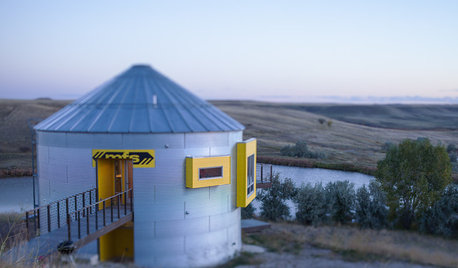
HOUZZ TOURSHouzz Tour: Prairie Grain Bin Turned Bucolic Retirement Home
An agrarian structure and a big dream combine in this one-of-a-kind home that celebrates 250 acres of Montana grasslands
Full Story
GARDENING GUIDESHouzz TV: Make a Worm Bin for Rich Soil and Happy Plants
A worm-powered compost bin that can fit under a sink turns food scraps into a powerful amendment for your garden. Here’s how to make one
Full Story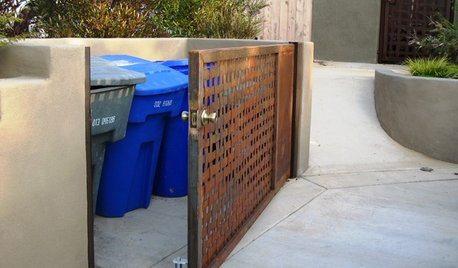
GARDENING AND LANDSCAPINGLet's Talk Trash Bins
No one gazes fondly on garbage cans. Keep your street cred intact and your bins under wraps with these camouflage solutions
Full Story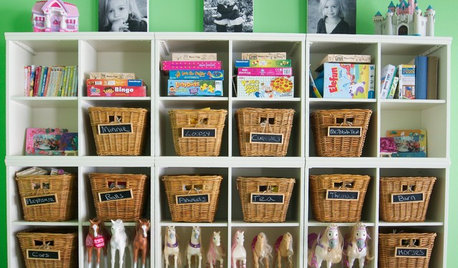
DECLUTTERINGTame the Toy Chaos: Bin Storage for All
New project for a new year: With bins, totes and shelves, a clutter-free playroom can be yours
Full Story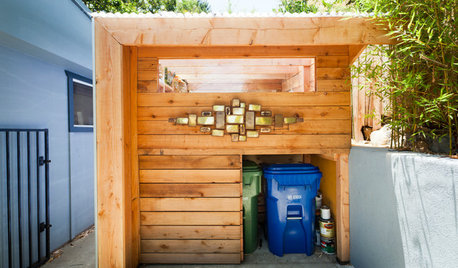
CURB APPEALHouzz Call: How Do You Hide Your Trash?
No one wants to see those trash and recycling bins. So where do you stash them while you wait for the garbage truck? Show us your designs!
Full Story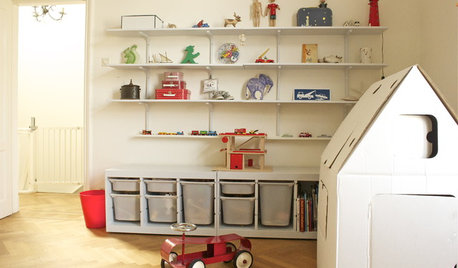
ORGANIZINGThe Family Home: Toy Storage That's Child's Play
Make toy organization and pickup a breeze with designated bins and boxes throughout the house
Full Story0
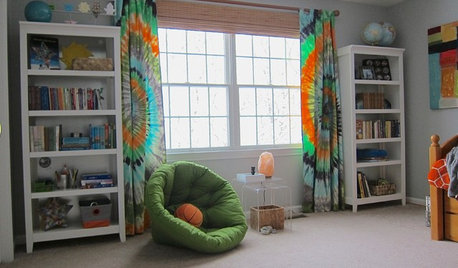
KIDS’ SPACESThis Designer’s Client Was Her 10-Year-Old Son
What do you give a boy with a too-babyish bedroom when he’s approaching double digits? See for yourself
Full Story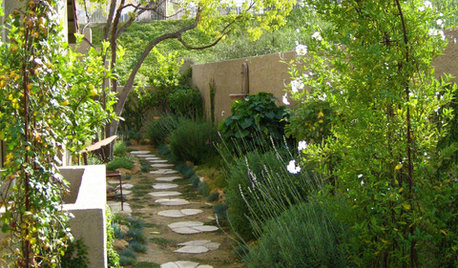
GARDENING AND LANDSCAPING8 Splendid Side Yard Designs
Treat your skinny side yard like the beautiful green corridor it wants to be, with these verdant garden designs as inspiration
Full Story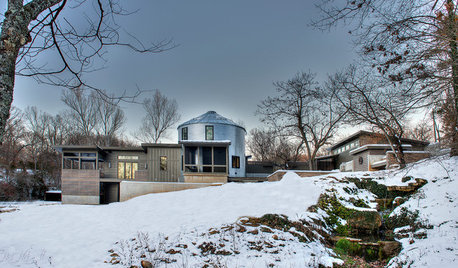
INDUSTRIAL STYLEHouzz Tour: Going Against the Grain in a Missouri Silo
See how a creative couple turned a metal grain bin into a most unusual container for living
Full Story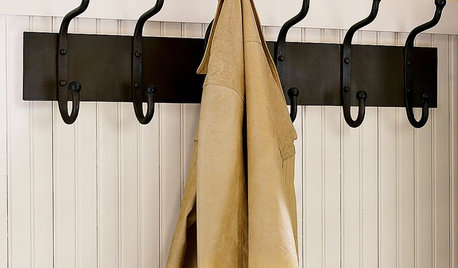
ORGANIZINGGuest Picks: 20 Accessories to Organize Your Life
Get a start on spring organizing with hooks, baskets, bins and catchalls for every room
Full StoryMore Discussions






sbryce_gw
HIFromCA
Related Professionals
Port Royal Landscape Architects & Landscape Designers · Walnut Landscape Architects & Landscape Designers · Wixom Landscape Architects & Landscape Designers · Finneytown Landscape Architects & Landscape Designers · Gaithersburg Landscape Contractors · Live Oak Landscape Contractors · National City Landscape Contractors · Tinton Falls Landscape Contractors · Forest Hill Landscape Contractors · Hueytown Landscape Contractors · Country Club Hills General Contractors · Forest Hills General Contractors · Havre de Grace General Contractors · Walnut Park General Contractors · Westerly General Contractorshummersteve
chuckiebtoo